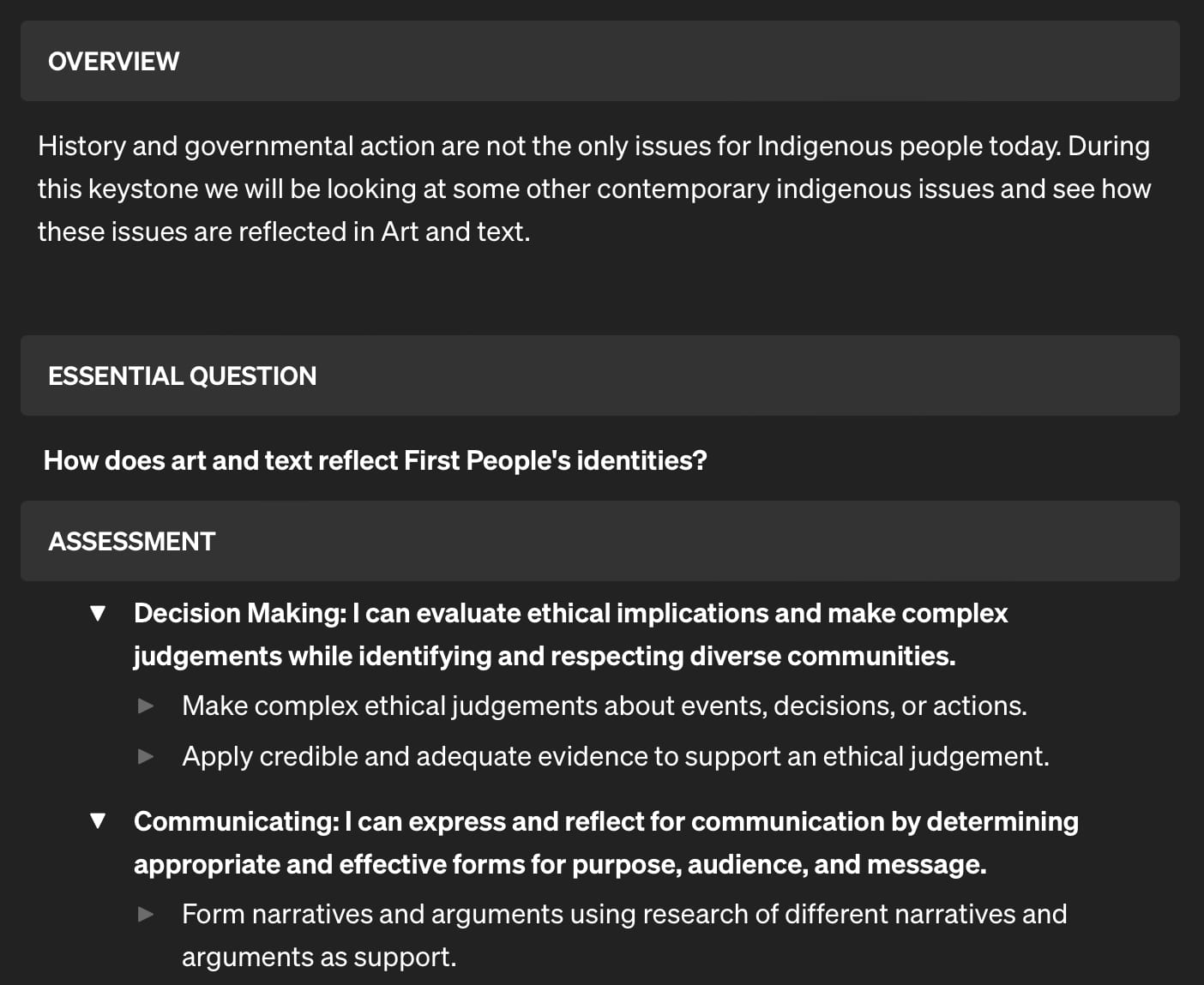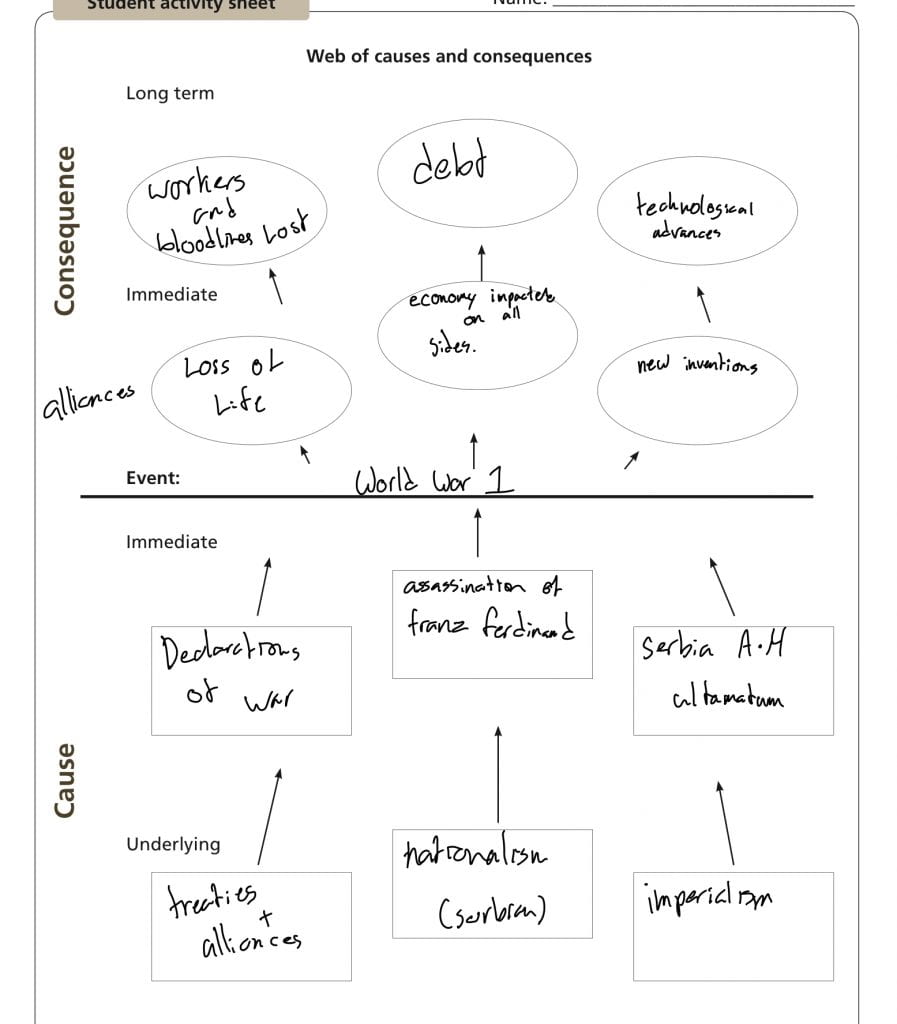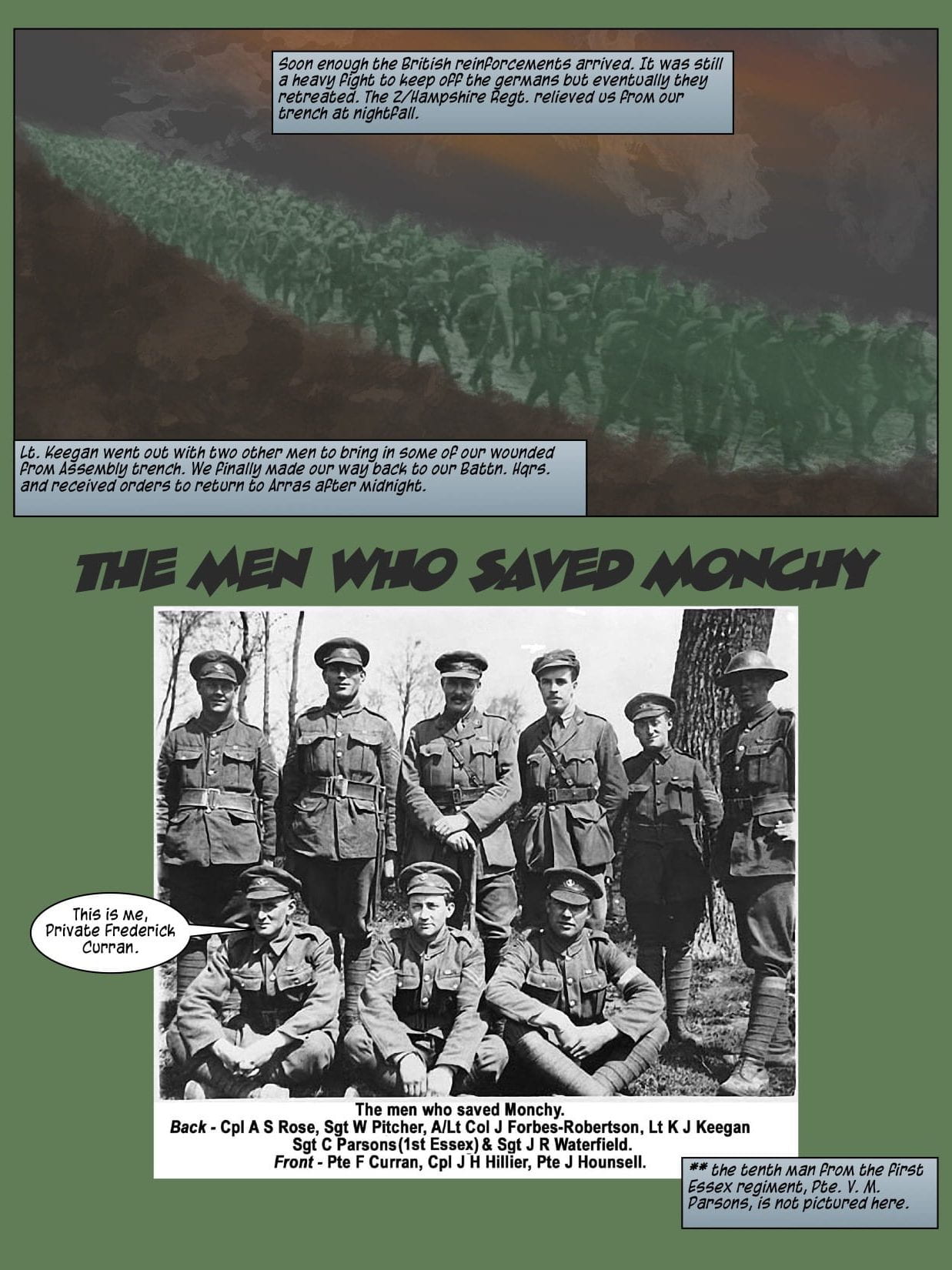Content warning; there will be mentions of residential schools, missing and murdered indigenous women and girls, and other traumatic events for First Nations peoples.
This is not the first time we learned about Canada’s wrongdoings towards indigenous peoples in class, and it wont be the last.
Keystone 1
Keystone 1 for this project was reading the book The Marrow Thieves by Cherie Dimaline and filling out reflections and contributions each week relating to the chapters we read. This reminded me a lot of the “Lit circles” we used to do in elementary school, and I really enjoyed it. First of all, The Marrow Thieves is an amazing book that I had heard of prior to reading it in class, so I was super excited to be analyzing it. I would like to share with you my journal of reflections and contributions, so SPOILER WARNING if you havent read it yet.
As you may have seen, for some of my contributions I chose to make art pieces, and in one case an animation (that you would not have seen because that file is a PDF and cannot play the video but trust me it was cool). I usually don’t like making art because I find that my perfectionism gets in the way and I end up just giving up on the art. But I really wanted to do something different that wasn’t just a piece of writing and I am super proud of how they turned out.
At the end of the journal there is a reflection answering the question “How does The Marrow Thieves by Cherie Dimaline reflect Canada presently and historically?” And I would like to charge a clip of that reflection with you now.
The characters in the book experienced loss of family, both chosen family and biological, just like indigenous people did during the time of residential schools and especially the sixties scoop. They were unable to know if their loved ones was alive or where they were taken, a heartbreaking type of pain to feel that was felt by a whole race of people. This type of pain is felt heavily even to this day because of Missing and Murdered Indigenous Women and Girls in Canada. The ramifications of the colonizers treatment of indigenous peoples in both the book and real life have long lasting consequences that will not be forgotten.
Keystone 2
DQ – How can art and text reflect both the history and our current place in time?
The driving question for this project can be answered by the work I did in keystone 2. Here is a brief look at what keystone 2 is about and the competencies that went along with it ⬇️
Keystone 2 was completed in 3 parts; history, contemporary issues, and civil disputes, and how each of those topics could be found in art. For each topic we had to find an art piece (could be any kind of art including music) and tie it to a specific topic or event that related to the main topic (I.e. Canada’s peace and friendship treaties for history or MMIWG).
For part 1 I chose to focus on historical peace and friendship treaties. I chose a piece of art that I found on a website with a research paper dedicated to Canada’s peace and friendship treaties. Lnuey.ca was an excellent source that I found for this topic and extremely helpful for writing.
 Here is the art I chose that directly symbolizes the peace and friendship treaties. I encourage you to go to this link to see my write up on what the peace and friendship treaties ment and how this painting is represented. Keystone 2 pt 1. Treaties & Art
Here is the art I chose that directly symbolizes the peace and friendship treaties. I encourage you to go to this link to see my write up on what the peace and friendship treaties ment and how this painting is represented. Keystone 2 pt 1. Treaties & Art
Part 2 was about contemporary issues that indigenous people face culturally and how that can be seen in art.
 For this I chose to focus on cultural appropriation. I was researching artists who were indigenous activists when I came across Kent Monkman, a Cree artist from Manitoba. With some help, I searched through his gallery on his website to find a painting that I felt could tie into the cultural appropriation topic. This lead to us finding a painting called “Welcome to the Studio”. This painting is actually too large to be imbedded here without me cropping it up so you will have to see it in my writing reflection -> Contemporary issues and art.
For this I chose to focus on cultural appropriation. I was researching artists who were indigenous activists when I came across Kent Monkman, a Cree artist from Manitoba. With some help, I searched through his gallery on his website to find a painting that I felt could tie into the cultural appropriation topic. This lead to us finding a painting called “Welcome to the Studio”. This painting is actually too large to be imbedded here without me cropping it up so you will have to see it in my writing reflection -> Contemporary issues and art.
The final part of keystone 2 was a similar task to the first 2 parts, but this time it was related to a civil conflict. I chose to focus on missing and murdered indigenous women and girls because I think it is a powerful topic that is still very prevalent today. My reflection shows the connection to the red handprint and red dress movements that we see today as activism for this issue. The link to my full reflection can be found here -> MMIWG and art
The Collage
The final product of this project was a collage (physical or digital) showing what we had learned over the course of the project. Along with this came a short written reflection on our learnings and what we can do for truth and reconciliation.
I feel guilty now as a Canadian looking back on what my country did to the First Nations peoples. I had a pretty good understanding of most of this information before we started this project but I always felt that it didn’t affect me much. I learned much more about how the history of Canada’s wrongdoings against the First Nations people still affects them to this day through intergenerational trauma, lateral violence and cultural appropriation. I can contribute to Canada’s truth and reconciliation by continuing to learn and take seriously the lessons we are taught on this topic. Especially next year in my BC First Peoples class.
Conclusion
So this project contained a lot of heavy topics and was very impactful. During this project I heard someone say “If you feel comfortable about truth and reconciliation, you’re not doing it right.” And that really hit home for me because it is on the shoulders of us white colonizers to right the wrongs of our ancestors in any way we can. I did excellent work throughout this project and really showed off my authenticity and raw willingness to learn and participate, some skills that have grown immensely for me over the past year. Thank you for reading this post.
As Always, Brooke






